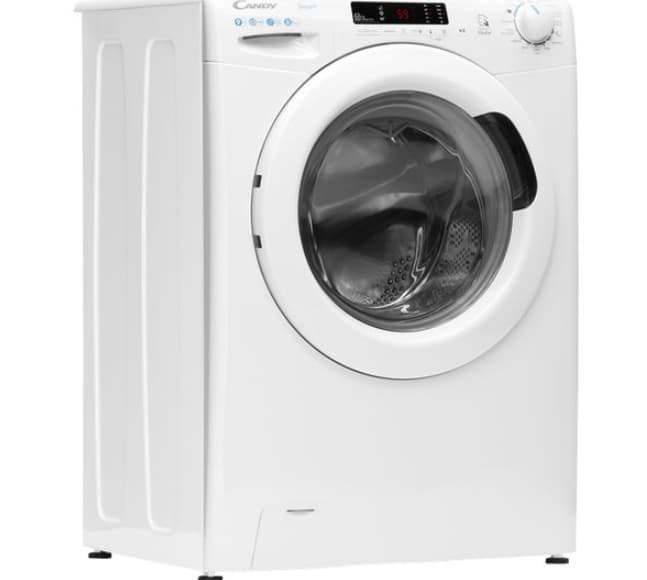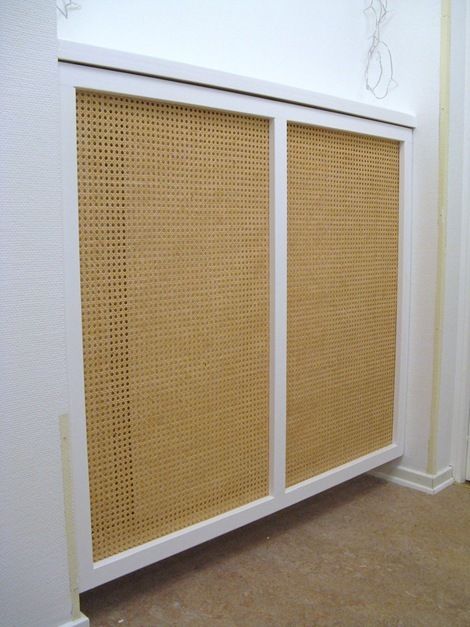If you’re experiencing issues with your Candy washing machine, such as error codes or unexpected behavior, resetting the appliance can often resolve the problem.
In this comprehensive guide, we will walk you through the process of resetting your Candy washing machine using the reset button and the self-test mode.
We will also discuss the meaning of various error codes and address some frequently asked questions.
How to Reset Candy Washing Machine with Reset Button?

How to Reset Candy Washing Machine with Reset Button?
- Locate the FIRST Option Button with LED at the top right of your Candy washing machine’s control panel.
- Press and hold the FIRST Option Button.
- While holding the button, turn the Program’s Selector Knob clockwise by two clicks.
- After approximately 5 seconds, release the FIRST Option Button.
- If you have followed the steps correctly, all the LEDs on the control panel will turn on simultaneously, indicating that you have entered the self-test mode.
- To start the self-test mode and reset your Candy washing machine, press the START/PAUSE Button.
The self-test mode will run a diagnostic check on your washing machine and can help clear any error codes, effectively resetting the appliance.
Error Code Meanings of Candy Washing Machine:
- E00: Defective or not programmed “Cuore” Power Card.
- E01: Issue with the Door Safety Lock Device, Drum’s Braking device, or related wiring.
- E02: The machine is unable to load water.
- E03: The washing machine is not draining water properly.
- E04: Excessive foam and/or water in the machine.
- E05: Problem with the NTC Temperature Reading Probe (opened or shorted) or related wiring.
- E06: Defective “Cuore” Power Card, Eeprom, and/or wiring.
- E07: Door-related issue.
- E08: Defective Tachometric Dynamo (opened or shorted) and/or wiring.
- E09: Defective “Cuore” Power Card (damaged Motor’s TRIAC) and/or wiring.
- E13: Communication problem between the “Cuore” Power Card and Display board and/or wiring.
- E14: Issue with water heating, possibly due to a defective NTC Probe, Water Heating Element, or wiring.
- E15: Defective or not programmed “Cuore” Power Card.
- E16: Short-circuited or defective electrical insulation of the Water Heating Element.
- E17: Incorrect signal from the Tachometric Dynamo.
- E18: Defective “Cuore” Power Card and/or wiring, or wrong network frequency.
- E19: Communication issue with the NFC device, possibly due to a defective “Cuore” Power Card or smartphone.
- E20: Difficulty reading water level due to a defective APS Pressostat generating an incorrect frequency value.
- E21: Unable to read water level due to defective wiring, APS Pressostat, or “Cuore” Power Card.
- E22: Problems with water heating, possibly due to defective wiring, Water Heater, or “Cuore” Power Card.
FAQs:
- Q: Can I reset my Candy washing machine without using the reset button?
A: While the reset button method is the most straightforward, unplugging your washing machine for a few minutes and then plugging it back in can sometimes resolve issues.
- Q: What should I do if the self-test mode doesn’t solve the problem?
A: If the self-test mode doesn’t resolve the issue, refer to the error code list to identify the specific problem. Some issues may require professional repair.
- Q: How often should I run the self-test mode on my Candy washing machine?
A: It’s not necessary to run the self-test mode regularly. Only use it when you experience issues with your washing machine.
Also Check:
- Hisense Washing Machine Reset Button
- Logik Washing Machine Reset Button
- Haier Washing Machine Reset Button
- GE Washing Machine Reset Button
- Siemens Washing Machine Reset Button
Conclusion:
Resetting your Candy washing machine using the reset button and the self-test mode can be an effective way to resolve various issues and error codes.
By following the steps outlined in this guide, you can easily reset your appliance and troubleshoot problems.
If the self-test mode doesn’t solve the issue, refer to the error code list to identify the specific problem and determine if professional repair is necessary.
Always consult your washing machine’s manual for model-specific instructions and safety precautions.


